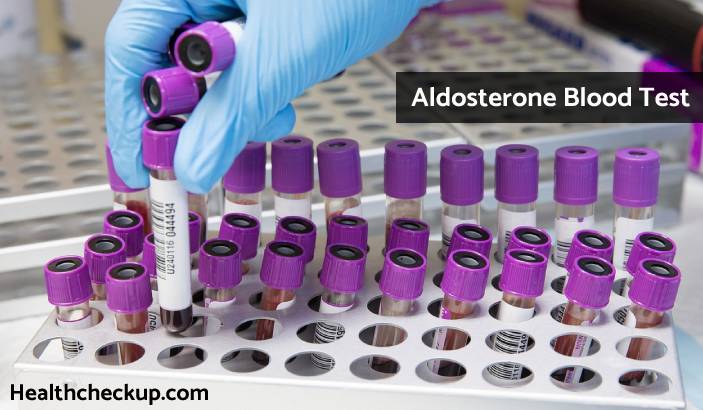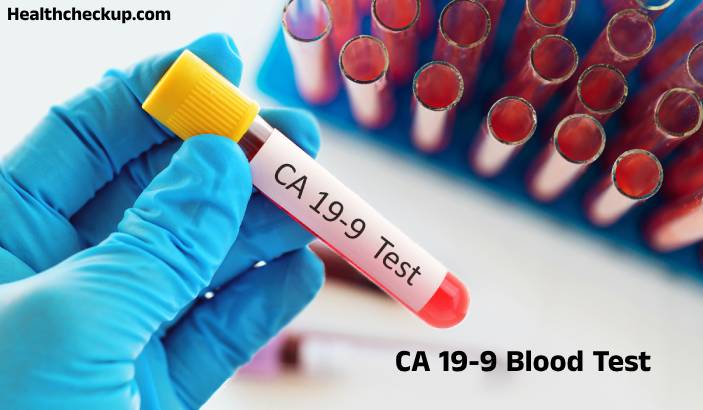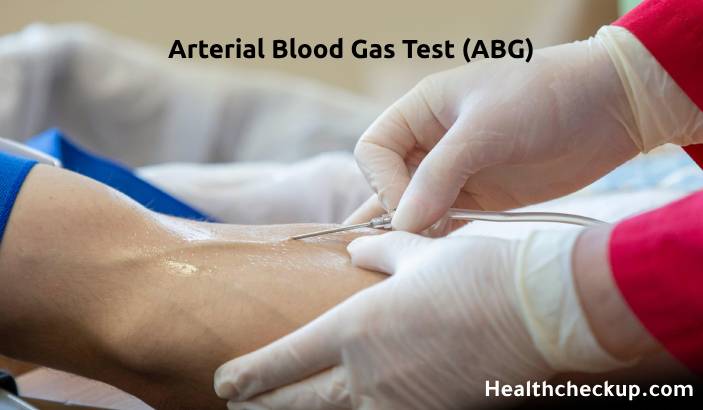The aldosterone test is a blood test that measures the level of aldosterone in the body. Aldosterone is a hormone produced by the adrenal gland that helps to regulate blood pressure and the balance of fluids in the body.
Purpose:
The aldosterone test is used to:
- Diagnose and manage conditions that affect the adrenal gland, such as adrenal insufficiency or Cushing’s syndrome.
- Monitor the effectiveness of treatment for conditions that affect the adrenal gland.
- Evaluate the causes of high blood pressure.
Preparation:
There is generally no special preparation required for the aldosterone test. However, the healthcare provider may ask the person being tested to avoid certain medications and activities that could affect the test results.
Procedure:
The aldosterone test is performed as follows:
- A healthcare provider will draw a blood sample from a vein in your arm.
- The blood sample will be sent to a laboratory for analysis.
Normal range:
The normal range for aldosterone levels in the blood varies depending on the specific laboratory, but generally falls within the range of 8 to 52 nanograms per deciliter (ng/dL).
Results:
The results of the aldosterone test will be available within a few days. The healthcare provider will interpret the results and determine if further testing or treatment is necessary.
Risks:
There are minimal risks associated with the aldosterone test. Some people may experience minor bleeding or bruising at the puncture site, or may feel dizzy or faint after the blood draw.
It’s important to follow the prescribed treatment and monitoring guidelines for conditions affecting the adrenal gland and to inform your healthcare provider of any symptoms you may be experiencing. Early diagnosis and treatment can help improve outcomes and reduce the risk of complications.








